Sectional Sleepers: Comfort & Space-Saving Solutions Guide
Sectional sleepers represent the ultimate fusion of comfortable seating and practical sleeping solutions, offering versatile furniture that adapts to your changing needs. These innovative pieces combine the spacious, conversational layout of sectional sofas with the convenience of built-in beds, making them ideal for modern living spaces where maximizing functionality is essential. Whether you're accommodating overnight guests, creating a multi-purpose entertainment area, or simply wanting the flexibility to transform your living space, sectional sleepers provide smart solutions without compromising on style or comfort.
In this comprehensive guide, we explore the world of sectional sleepers, from understanding different mechanisms and mattress types to selecting the perfect configuration for your space. We'll help you navigate the important considerations of size, comfort, durability, and style to ensure you choose a sectional sleeper that meets both your daily living needs and occasional hosting requirements. Our recommendations are based on extensive research into construction quality, mechanism reliability, and real-world user experiences.
Our Sectional Sleeper Recommendations
⚠️ AFFILIATE DISCLOSURE: This website contains affiliate links. As an Amazon Associate, we earn from qualifying purchases. If you make a purchase through these links, we may receive a small commission at no additional cost to you. Read our full affiliate policy.
Sectional Sleeper Comparison & Recommendations
Which Sectional Sleeper is Right for Your Space?
🏆 Best Overall: Modular Sectional Sleeper
Modular Sleeper System
💰 Best Budget: Basic Pull-Out Sectional
Standard Sleeper Sectional
⚡ Best for Comfort: Premium Memory Foam Sleeper
Luxury Sleeper Sectional
Comparison Summary
- Space Efficiency: Sectional sleepers maximize room utility by combining seating and sleeping in one furniture piece
- Mechanism Types: Options include traditional pull-out, modern fold-down, and innovative convertible designs
- Mattress Quality: Ranges from basic foam for occasional use to premium innerspring for regular sleeping
- Configuration Flexibility: Modular designs allow for custom arrangements to fit unique room layouts
- Comfort Levels: Higher-end models provide seating and sleeping comfort comparable to dedicated furniture
Sectional Sleeper Advantages & Considerations
Based on comprehensive research and user experiences, here's an in-depth analysis of the benefits and practical considerations when choosing sectional sleepers:
✅ Sectional Sleeper Advantages
Space Optimization: Combines two essential furniture functions in one piece, saving valuable floor space in apartments and smaller homes.
Guest Accommodation: Provides comfortable sleeping space for overnight guests without dedicating a permanent bedroom to occasional use.
Versatile Seating: Sectional configuration offers abundant, flexible seating for daily living and entertaining with multiple arrangement options.
Multi-functional Rooms: Enables rooms to serve multiple purposes - living space by day, guest accommodation by night.
Style Integration: Modern designs seamlessly integrate sleeper functions while maintaining aesthetic appeal and design coherence.
❌ Sectional Sleeper Considerations
Weight and Mobility: Sectional sleepers are typically heavy and difficult to move, making them challenging to reposition or transport.
Mechanism Maintenance: Moving parts require occasional maintenance and may be prone to wear with frequent use over time.
Comfort Compromises: Some models may sacrifice either seating comfort or sleeping comfort to accommodate both functions.
Space Requirements: Need adequate room for both the furniture footprint and bed extension, limiting placement options.
Higher Cost: Quality sectional sleepers often command premium prices compared to standard sectionals or separate beds.
Value Analysis
Sectional sleepers offer exceptional value for space-constrained homes and multi-functional living areas where maximizing utility is paramount. While they represent a significant furniture investment, their dual functionality eliminates the need for separate guest beds and additional furniture. The space savings and versatility often justify the higher initial cost, particularly in urban apartments, vacation homes, and open-concept living spaces where efficient use of square footage is essential.
Tips for Choosing the Perfect Sectional Sleeper
Selecting the ideal sectional sleeper requires careful consideration of your space, usage patterns, and comfort requirements. Here's a comprehensive guide to help you make an informed decision:
8 Important Factors When Choosing a Sectional Sleeper
1. Measure Your Space Precisely
Take accurate measurements of your room, accounting for both the sectional dimensions and the additional space needed when the bed is extended. Consider doorway access for delivery and assembly.
2. Evaluate Mattress Quality
Assess mattress thickness, material, and comfort level. Memory foam and hybrid mattresses generally offer better comfort than basic foam for regular use. Consider mattress toppers for enhanced comfort.
3. Test the Mechanism
If possible, test how easily the sleeper mechanism operates. Look for smooth, effortless operation that doesn't require excessive strength. Consider who will be using the mechanism regularly.
4. Consider Frequency of Use
Evaluate how often the sleeper function will be used. For regular use, invest in higher-quality mechanisms and mattresses. For occasional use, basic models may suffice.
5. Assess Frame Construction
Look for sturdy hardwood frames with reinforced corners and quality joinery. The frame must support both daily seating and the additional stress of the sleeper mechanism.
6. Check Configuration Options
Consider whether you need a fixed configuration or prefer modular pieces that can be rearranged. Modular options offer flexibility for future moves or room changes.
7. Evaluate Upholstery Durability
Choose fabrics that can withstand regular use and occasional conversion. Performance fabrics with stain resistance work well for households with children or pets.
8. Plan for Delivery and Setup
Understand the delivery process and assembly requirements. Some sectional sleepers may require professional assembly due to their size and mechanism complexity.
Recommendations Based on Room Type
- Studio Apartments: Compact sectionals with space-efficient sleeper mechanisms
- Guest Rooms: Comfortable sleepers that prioritize bed comfort over configuration flexibility
- Media Rooms: Sectionals with convenient sleeper functions for overnight movie nights
- Multi-purpose Spaces: Modular sleepers that adapt to changing room functions
- Vacation Homes: Durable sleepers that accommodate varying numbers of guests
Frequently Asked Questions About Sectional Sleepers
What is a sectional sleeper and how does it work?
A sectional sleeper is a multi-piece sofa arrangement that includes a built-in mattress mechanism, typically in the chaise or corner section. The sleeper function works through various mechanisms like pull-out beds, fold-down mattresses, or convertible designs that transform seating areas into sleeping surfaces. Most sectional sleepers use a pull-out mechanism where the mattress is stored beneath the seating cushions and easily extends to create a temporary bed. The mechanism typically involves a simple pulling motion that engages a folding frame, which then locks into place to support the mattress at bed height.
How comfortable are sectional sleeper mattresses?
Comfort levels vary significantly between sectional sleeper models. Higher-end options feature thicker, higher-density foam or innerspring mattresses comparable to traditional beds, while budget models may have thinner mattresses better suited for occasional use. Many modern sectional sleepers offer improved mattress technology with memory foam or hybrid designs that provide better support and comfort for regular guest use. The best way to assess comfort is to test the mattress in person if possible, or carefully review product specifications focusing on mattress thickness, material composition, and user reviews regarding sleep quality.
What size beds do sectional sleepers typically offer?
Sectional sleepers commonly offer full-size (54 inches wide) or queen-size (60 inches wide) sleeping surfaces. Some larger models may provide twin or even king-size options, though these are less common. The bed size is typically determined by the section housing the sleeper mechanism, with chaise lounges or corner units being the most popular locations for the pull-out function. When selecting a size, consider both the sleeping space needed for comfort and the additional room space required to accommodate the extended bed. Always verify the exact mattress dimensions as they can vary slightly from standard bed sizes.
Are sectional sleepers difficult to assemble and operate?
Most sectional sleepers require some assembly, particularly connecting the different sections. The sleeper mechanism itself is typically pre-installed and operates through a simple pull-out or fold-down process. Modern designs have improved mechanisms that require minimal effort to convert from sofa to bed. Always check the specific model's assembly requirements and weight, as larger sectionals may need multiple people for setup. Many manufacturers provide detailed assembly instructions and video guides. For complex configurations or heavy pieces, professional assembly services are often recommended to ensure proper setup and mechanism operation.
How much space do I need for a sectional sleeper?
Sectional sleepers require consideration of both the furniture footprint and additional space for the bed extension. Measure your room carefully, accounting for the sectional dimensions plus extra clearance for the pulled-out bed. Most sectional sleepers need at least the same length as the bed size in front of the sofa for comfortable access. Standard rooms of 12x12 feet or larger typically accommodate most sectional sleeper configurations. Also consider traffic flow around the furniture and access to other room features. Creating a floor plan with accurate measurements can help visualize how the sectional sleeper will fit and function in your space.
Conclusion
Sectional sleepers represent a smart and sophisticated solution for modern living challenges, offering unparalleled versatility in furniture design. These multi-functional pieces successfully address the need for comfortable seating and practical sleeping accommodation in a single, stylish package. From compact apartments to spacious family homes, sectional sleepers provide the flexibility to maximize space utility while maintaining comfort and aesthetic appeal.
The investment in a quality sectional sleeper pays dividends through enhanced space efficiency, guest accommodation capabilities, and adaptable living arrangements. While requiring careful consideration of mechanism quality, mattress comfort, and spatial requirements, these innovative furniture pieces offer long-term value for homeowners seeking to optimize their living spaces without compromising on style or functionality.
Ready to Choose Your Sectional Sleeper?
Check out the best sectional sleeper selections above and find the one that best suits your needs. Each product has been selected based on thorough research and customer reviews to ensure you get the best furniture experience according to your space requirements and design preferences.
Related Articles You Might Like
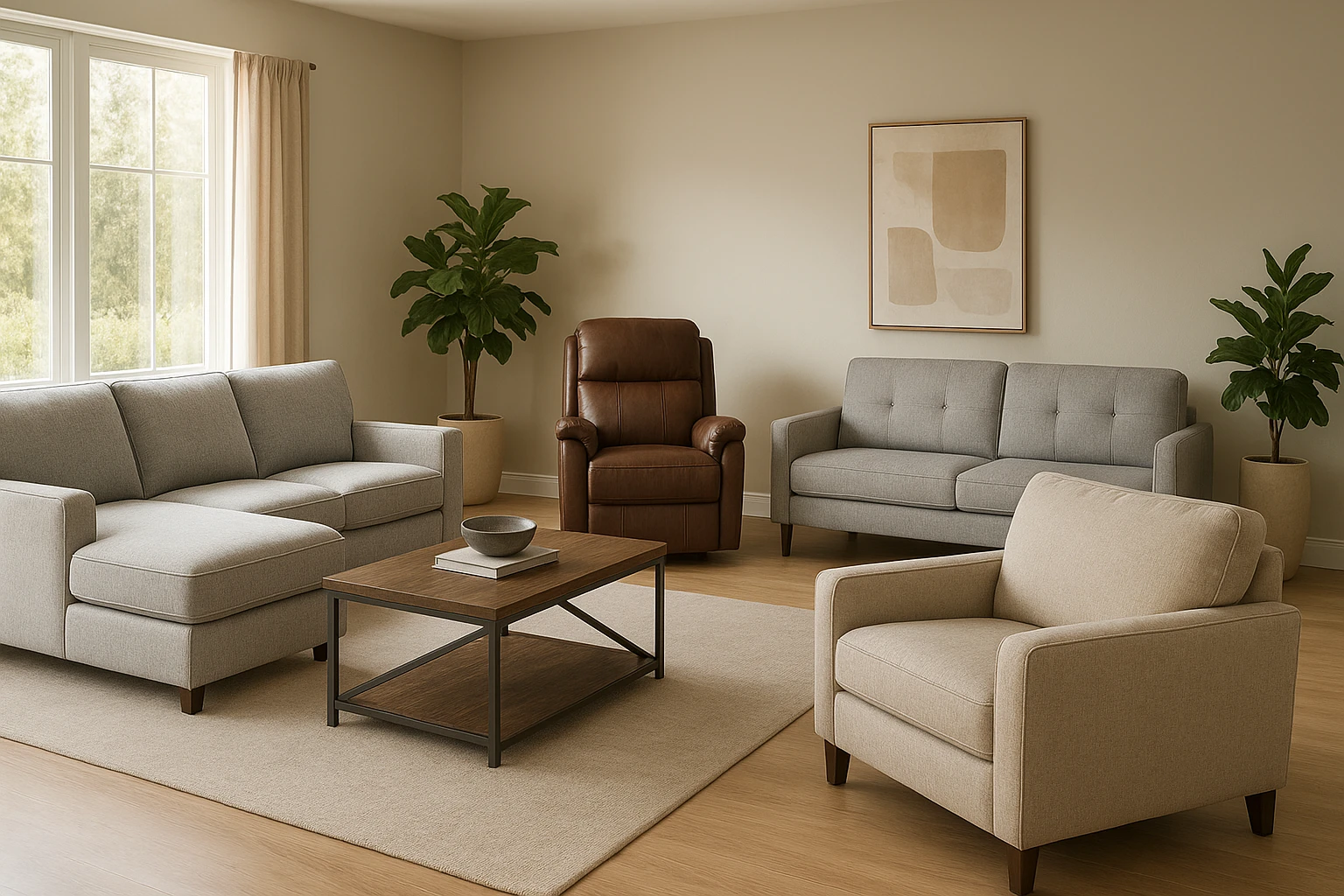
Explore various sofa styles from sectional to sleeper sofas and discover which type best fits your lifestyle and space requirements.
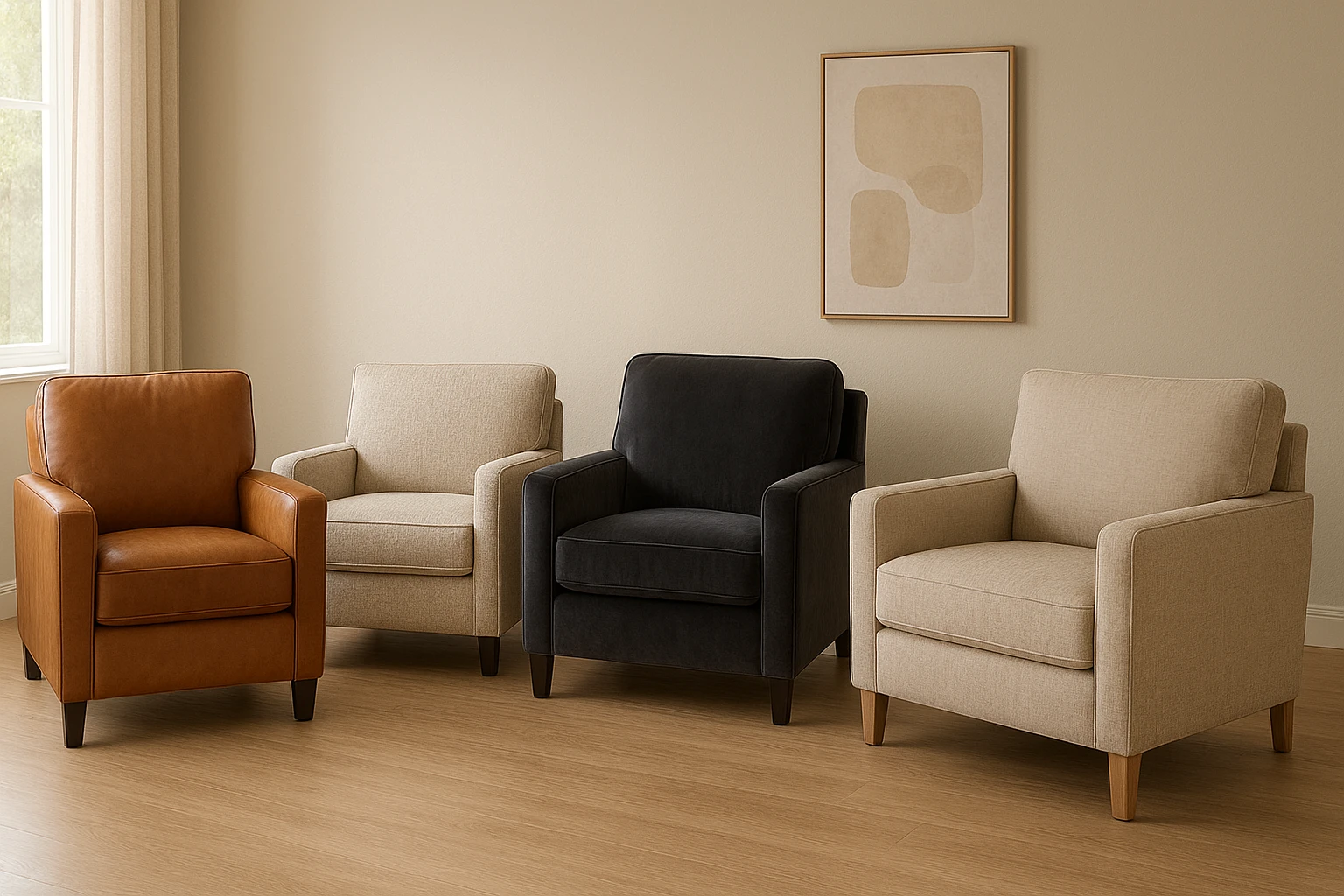
Comprehensive comparison of sofa upholstery materials to help you choose the perfect option for durability, comfort and maintenance.
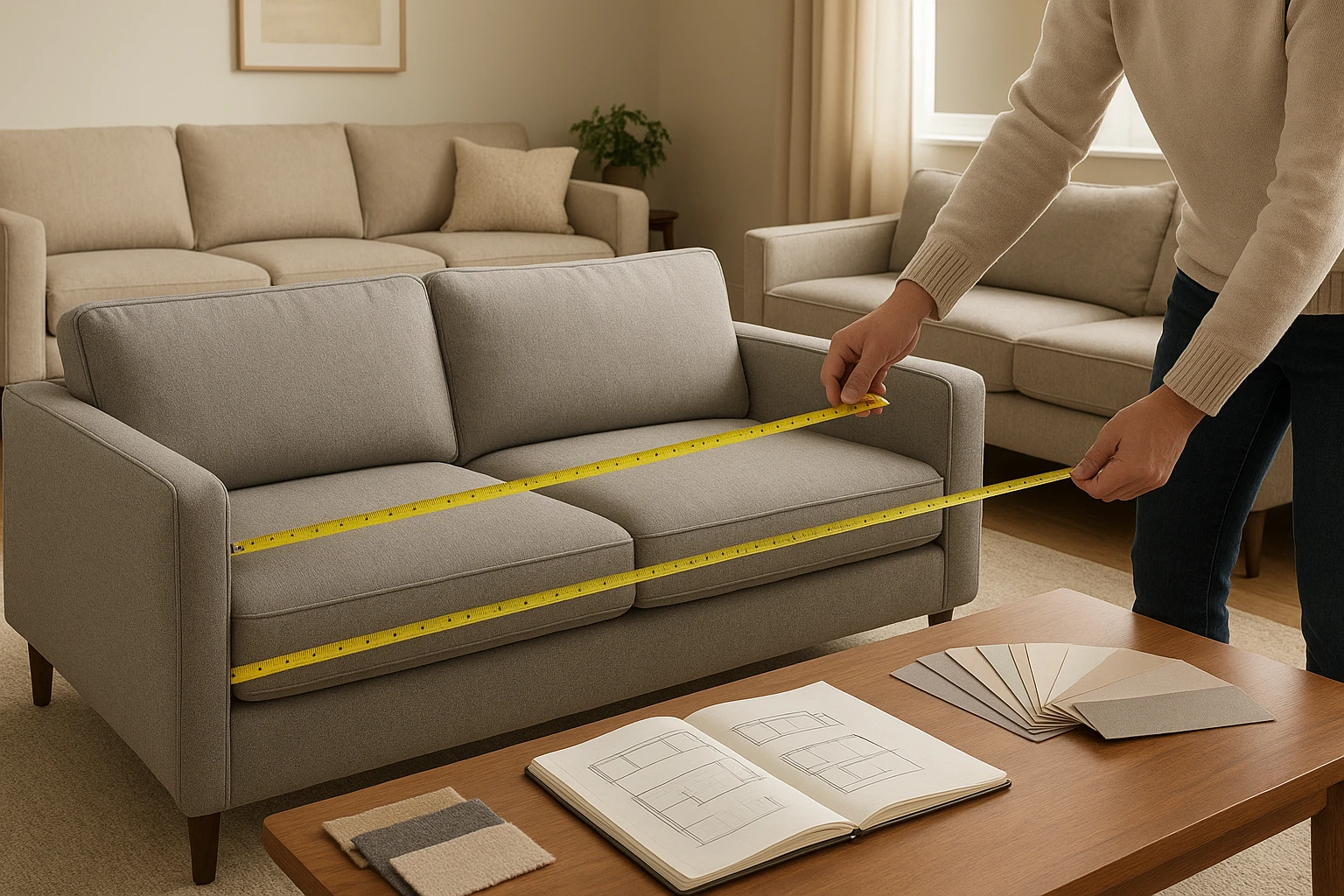
Step-by-step guide to selecting the perfect sofa based on room size, lifestyle needs, comfort preferences and budget considerations.
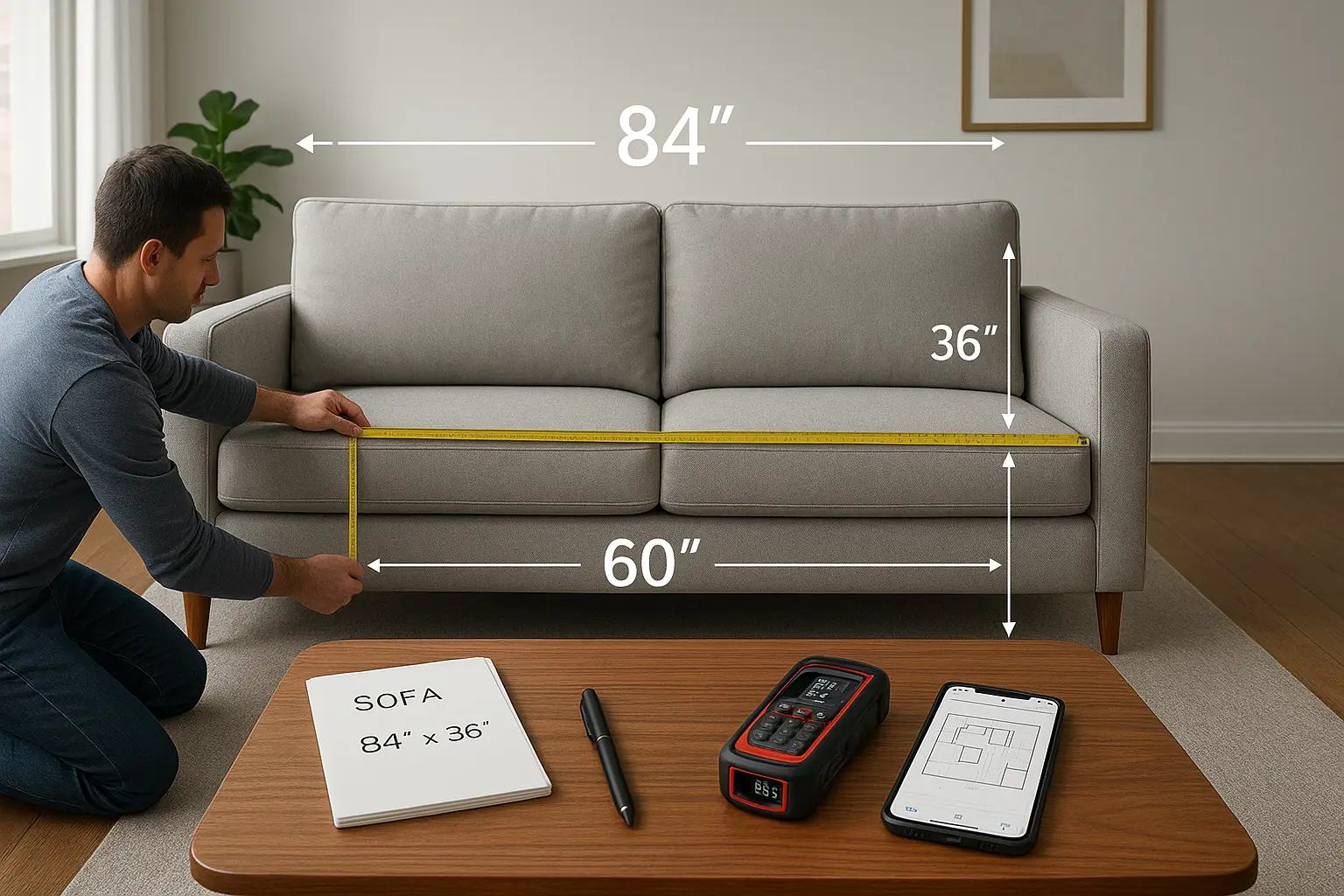
Learn professional techniques for measuring your space and selecting sofa dimensions that create perfect proportion and flow.
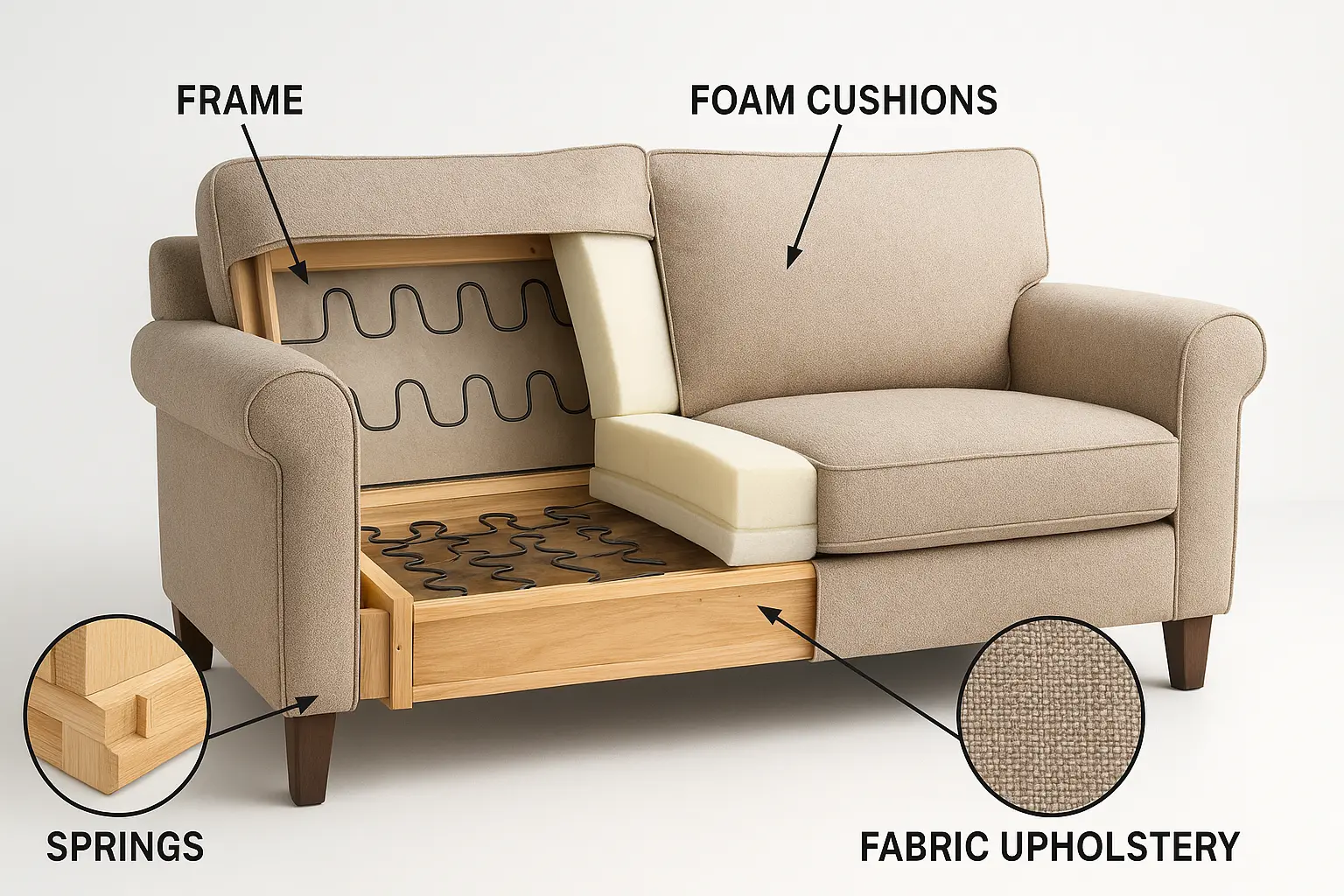
Understand sofa construction quality by learning about different frame types, cushion materials and upholstery techniques.

Essential advice for successfully purchasing furniture online including measurement tips, fabric selection and return policy considerations.